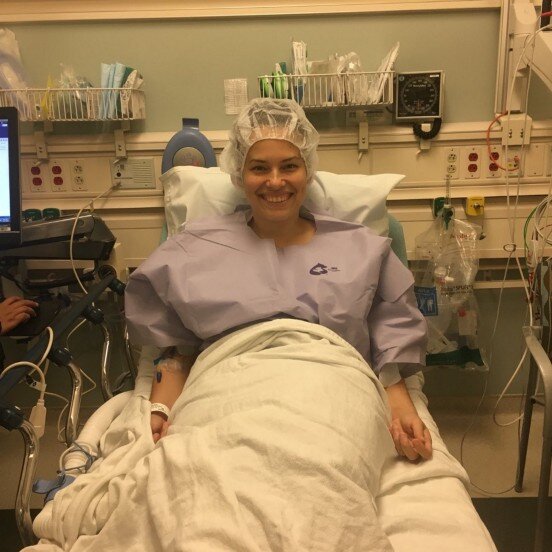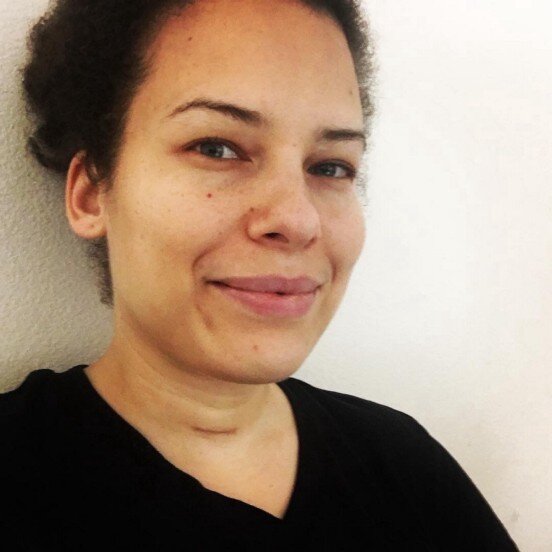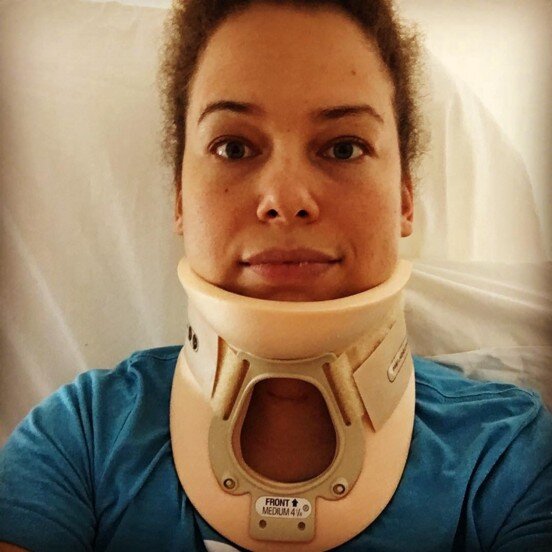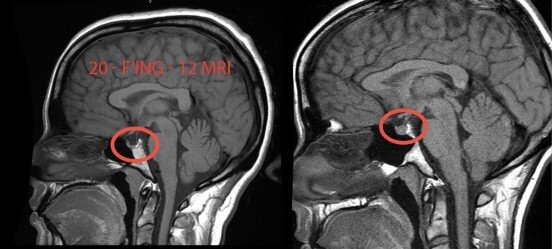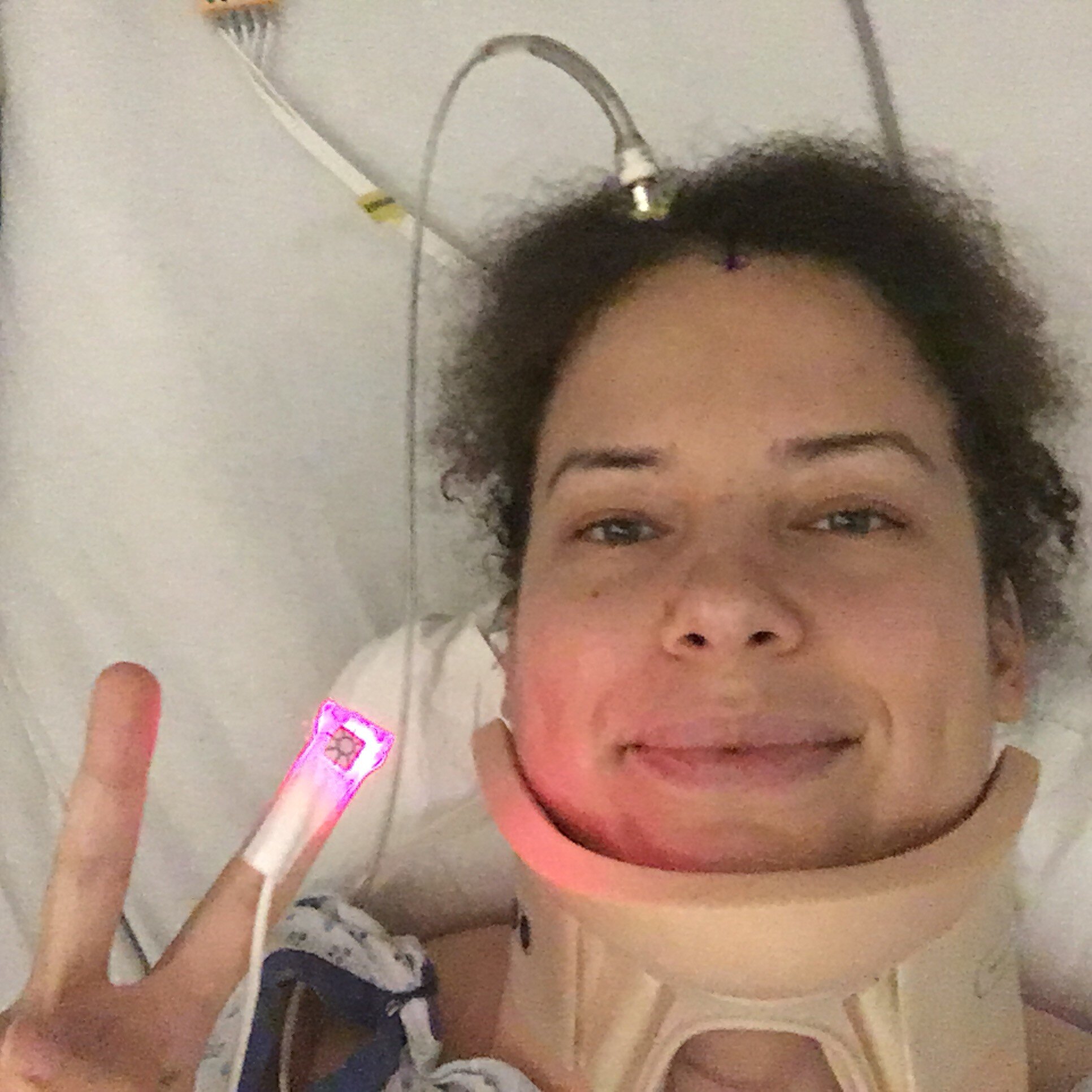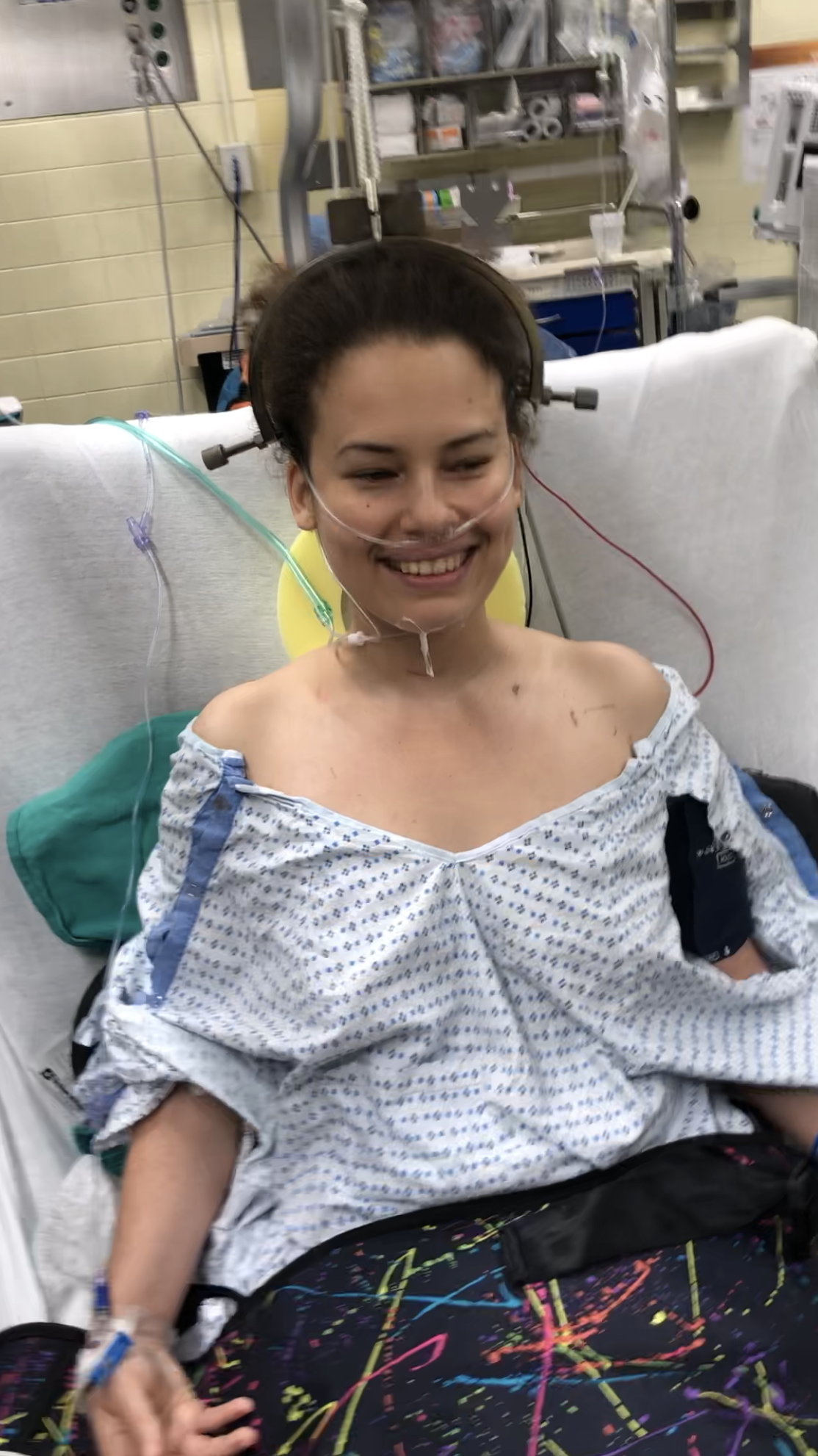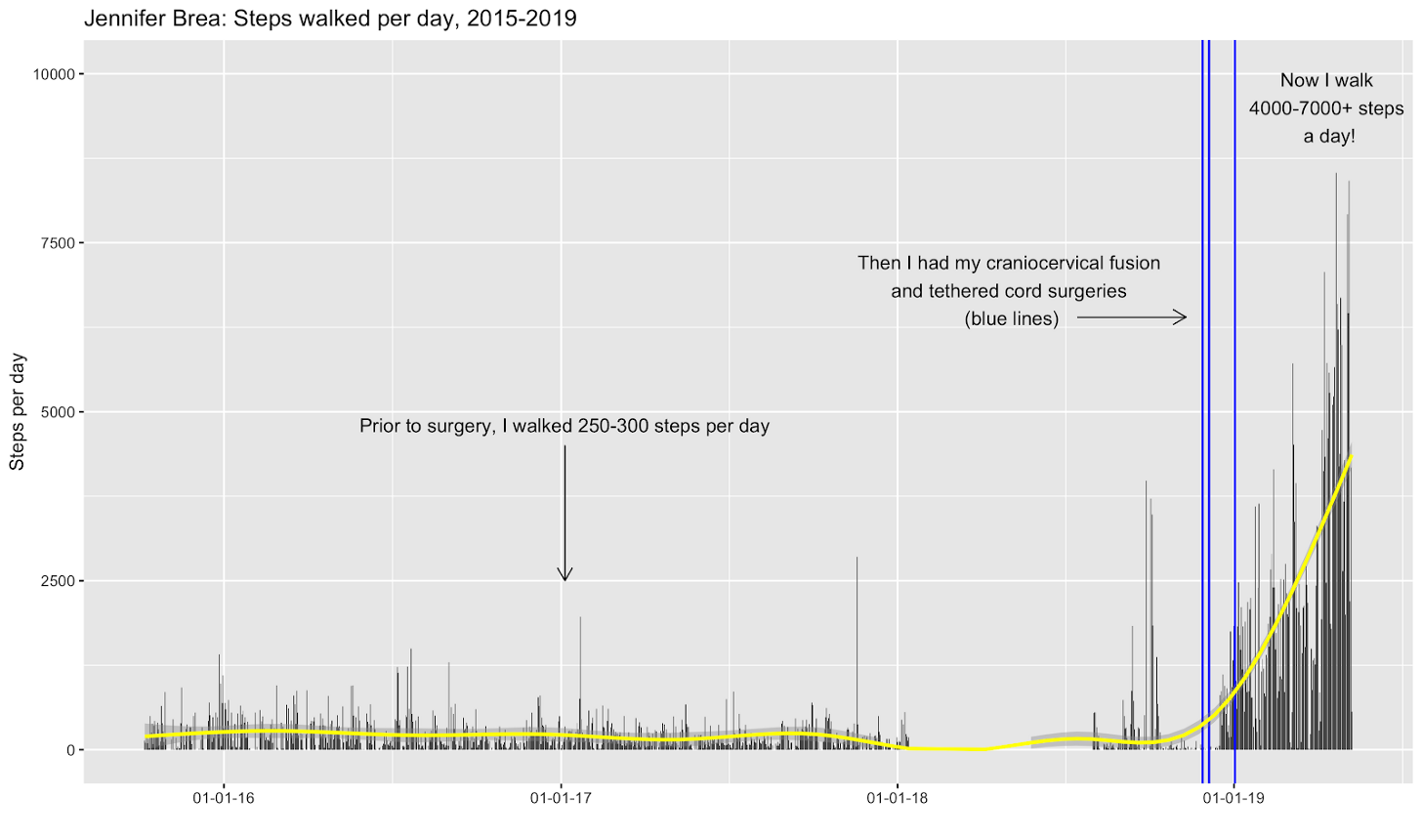In 2011, I became suddenly ill after an acute viral infection. By 2012, I progressively lost the ability to read, think, or walk. When doctors could not figure out what was wrong with me, I faced intense medical skepticism and neglect. I was misdiagnosed with conversion disorder (a modern name for hysteria) and became bedridden.
Finally, I was diagnosed with myalgic encephalomyelitis (ME), (commonly called “chronic fatigue syndrome,” a condition that is the same or similar to what many people with “long COVID” face). I saw specialists, met all their clinical criteria, and went through extensive testing to help confirm the diagnosis. I tried a wide range of treatments, from mold avoidance to antivirals, Fludrocortisone (for POTS), and Mestinon. I was a responder to these drugs and (and to mold avoidance). Slowly, I moved from very severe, to severe, to moderate on the spectrum.
In the intervening years, I made Unrest, a film about the experience living with ME and that of my community. Then, in 2018, after surgery for thyroid cancer, I developed central apnea that caused me to stop breathing every time I turned my head or laid on my back, whether I was asleep or awake. Thanks to one neurosurgeon who watched my TED Talk and film, an amazing internist, and an intrepid patient, I found my way to a second surgeon and a diagnosis of craniocervical instability and tethered cord syndrome. After three surgeries in December 2018 and January 2019, all of my symptoms of ME (and POTS) are in remission. My mast cell activation syndrome (MCAS) has improved significantly, too.
